Fun Felting with the BERNINA Needle Punch Set
It’s not exactly sewing, but needle punching (also called dry felting) has many of the same attractions that pull us toward working with needle and thread. Playing with fabrics, colors, fibers, and textures are all a part of felting, giving us the same satisfaction that we get from creating at the sewing machine. Originally a hand technique (one that is slow and tedious at times), machine felting is quick and fun, appealing to your artistic side that you may not even recognize you have. BERNINA has two Needle Punch Sets, one for models with a maximum stitch width of 9 mm (rotary version) and one for models with a maximum stitch width of 5 mm (CB version). Both sets require the use of a special stitch plate (not included with the Needle Punch Set), made for your specific machine model.
Needle Punch Set for BERNINA models with a maximum stitch width of 5.5 mm.
Needle Punch Set for BERNINA models with a maximum stitch width of 9 mm.
Punch Needles
Punch Needles have a very sharp point with barbs along the shaft. As they move up and down into the fibers and fabric, they enmesh the two together. The needles for the rotary set are on one shank that replaces the sewing machine needle. Needles for the CB set are inserted into a holder that replaces the holder for the sewing machine needles.
Fabric and Fibers
Felting uses special barbed needles that stitch through fibers, embedding them into the surface of a background fabric. Traditionally, wool fibers on a wool background were used but other fabrics and fibers can be used for different effects. Denim or other sturdy fabrics are good choices, but cotton or silk may be used if care is taken not to “over-punch” them.
The fibers are usually wool, silk or cotton roving, which are fibers that have not yet been spun or twisted into yarn. Soft yarn and fabric pieces may also be punched into background fabrics. Roving can be added to the fabric in thick layers or thin wisps to blend and build up color.
Yarn may also be used for felting. Natural fiber yarns work better for felting than synthetic yarns. Some yarns have a holding thread that helps it keep its shape. If this is the case, snip the holding thread and remove it before using it for felting. Pull the yarn apart into wispy pieces and place it on the background fabric as desired before punching into the fabric.
Felting
Place the fibers as desired on the background fabric. Quickly punch over all of the fibers to “baste” them in place. Then, go over the same area several times until the fibers are punched completely through to the back of the background fabric. To further enmesh the fibers into the fabric, punch once from the back, and then finish with a final punch to the front.
Adding Stitching
Once the fibers have been felted into the background fabric, an optional additional step is to add machine stitches or free-motion techniques to create definition and detail in the felted piece. The felting can be covered with tulle to make the stitches stand out on the wool or stitched directly on the felted piece.
For more information on the BERNINA Needle Punch Set, see The Big Book of Feet at your local BERNINA store.
What you might also like
2 comments on “Fun Felting with the BERNINA Needle Punch Set”
-
-
Yes you can I just wrote a blog on this:) https://weallsew.com/how-to-make-a-fabric-collage-with-punch-tool-45/
-
Leave a Reply
You must be logged in to post a comment.
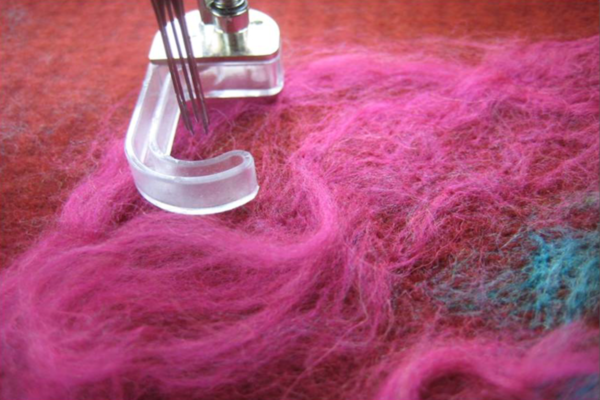
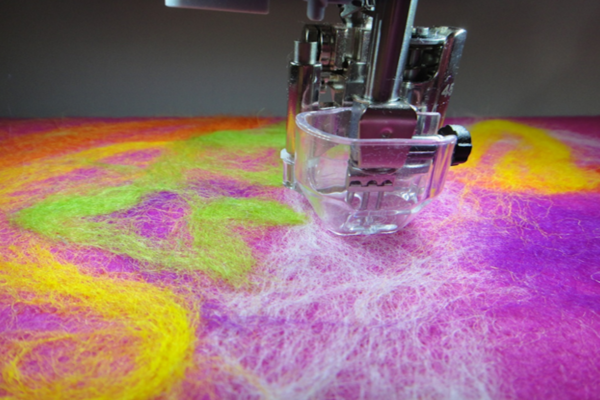
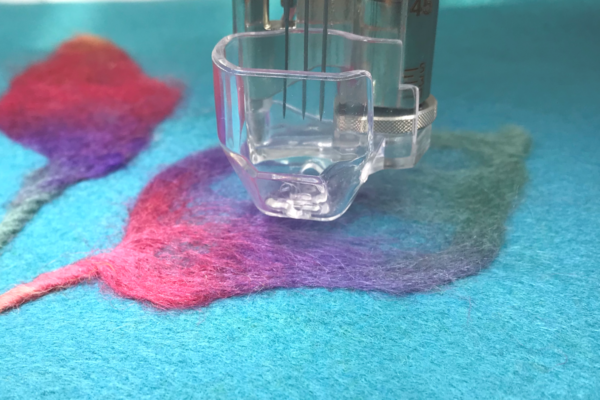
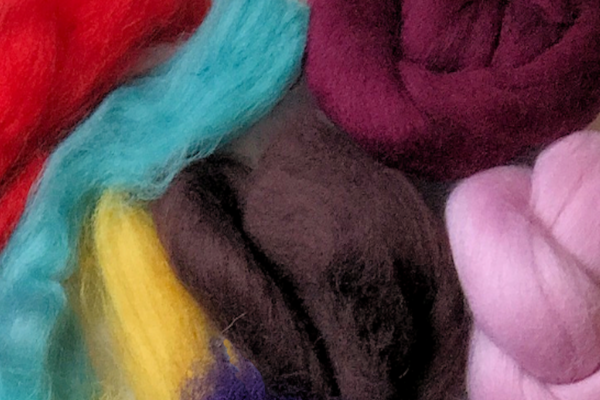
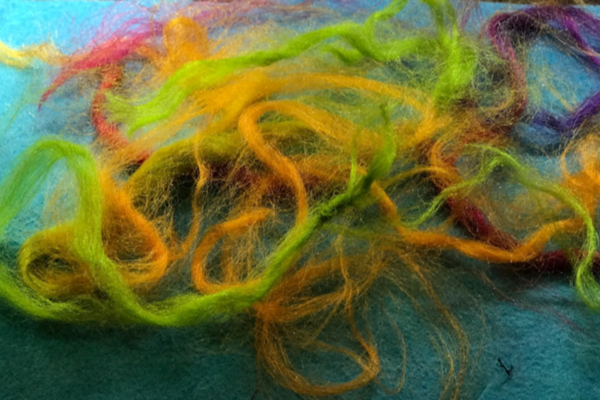
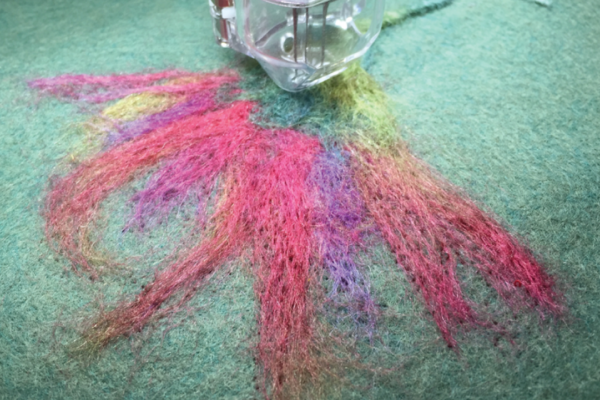
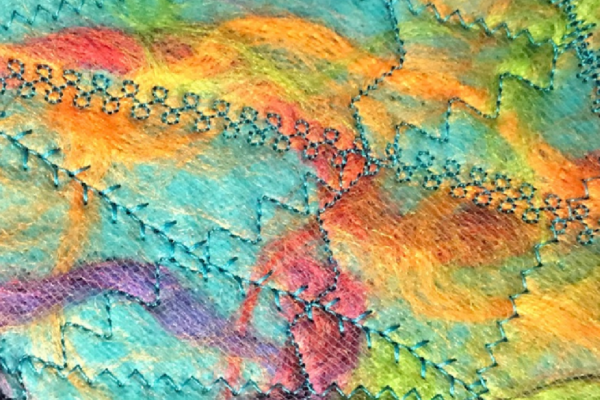
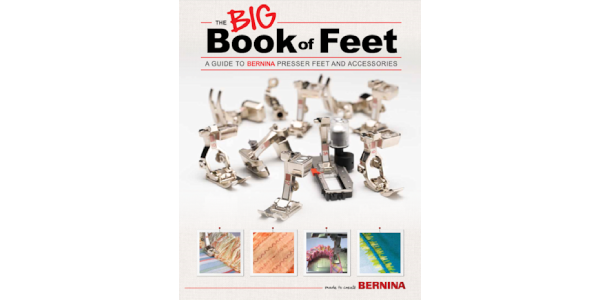
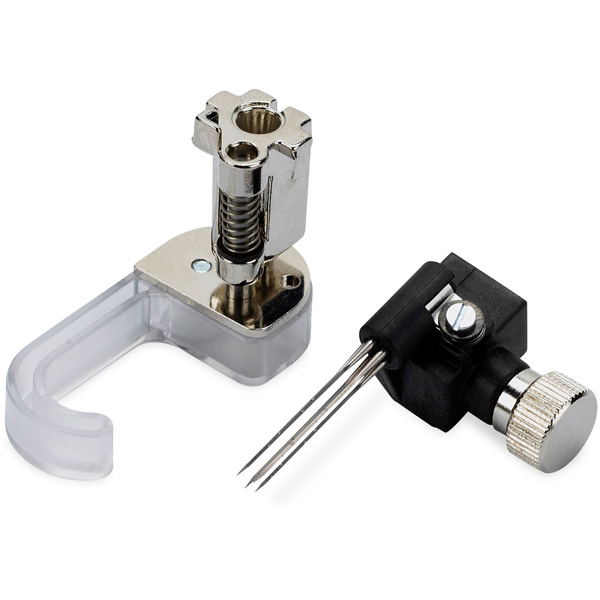

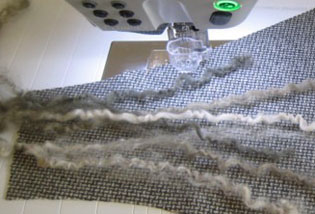
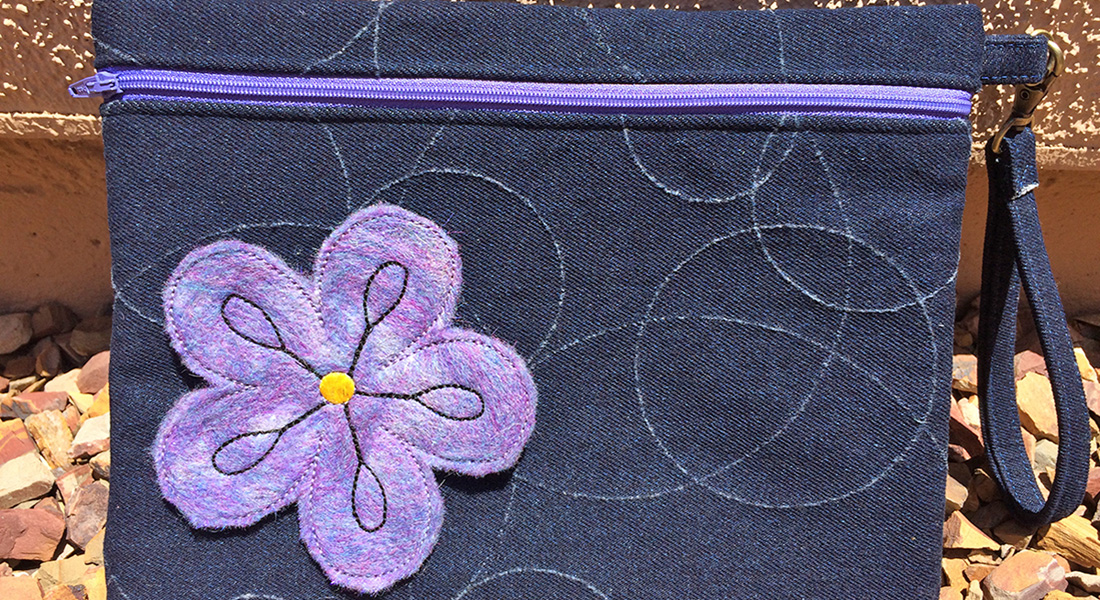
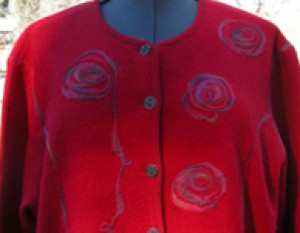
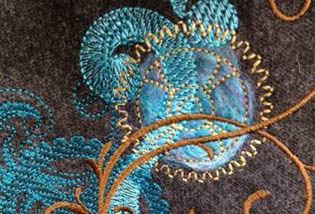
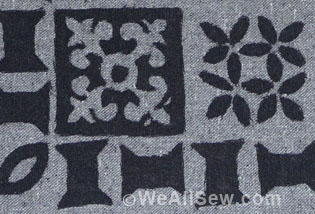
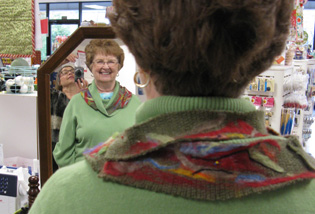
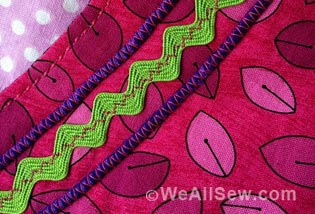
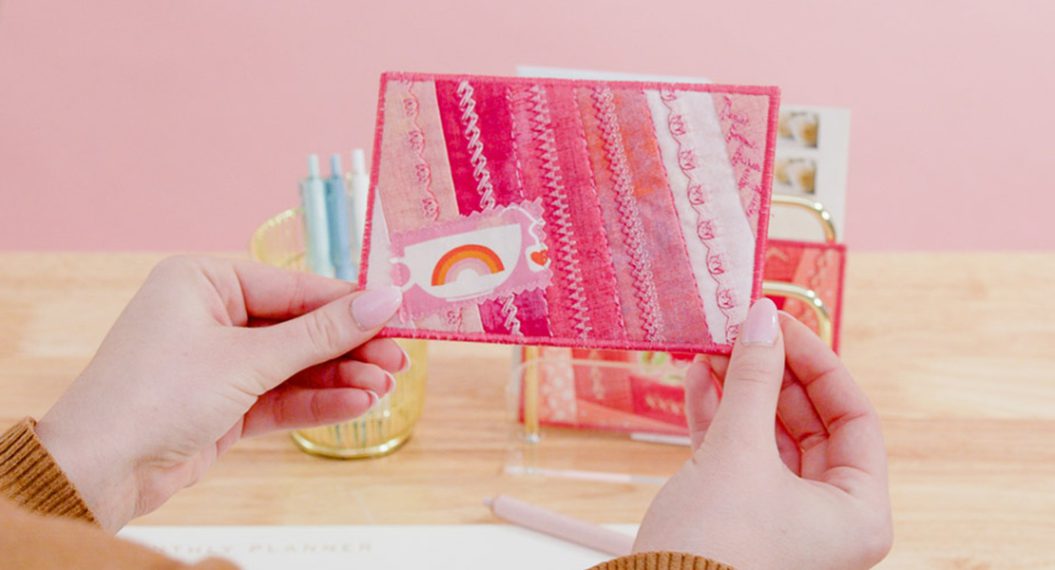
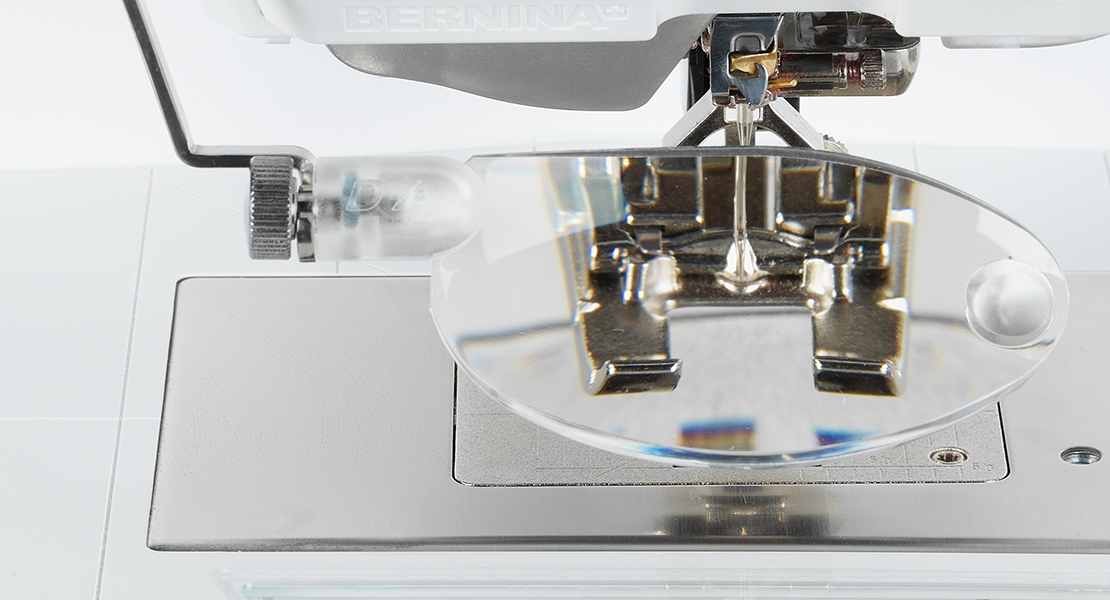
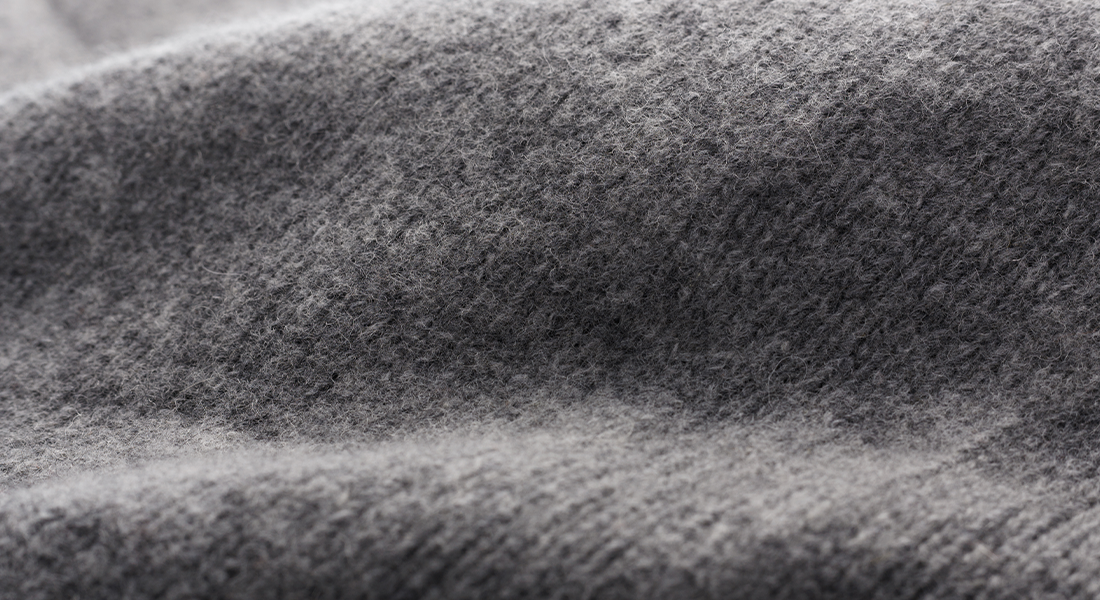
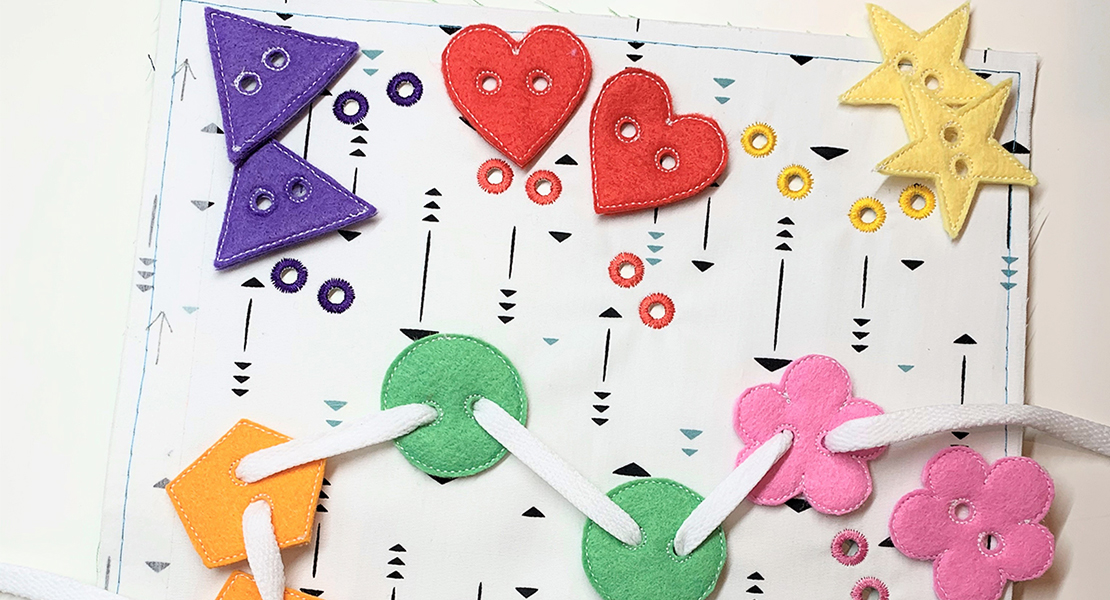
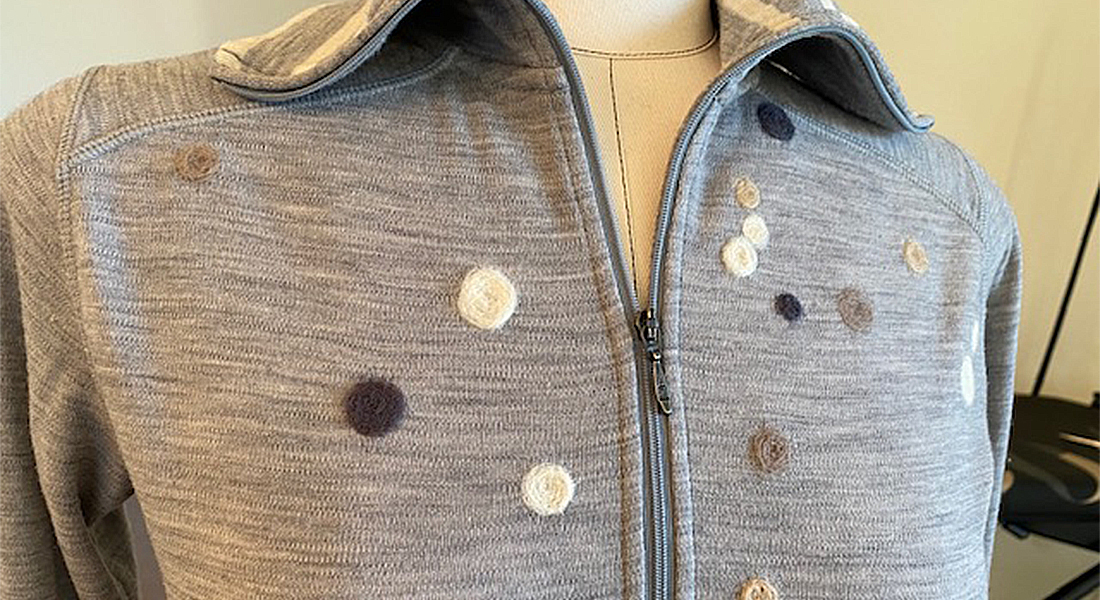
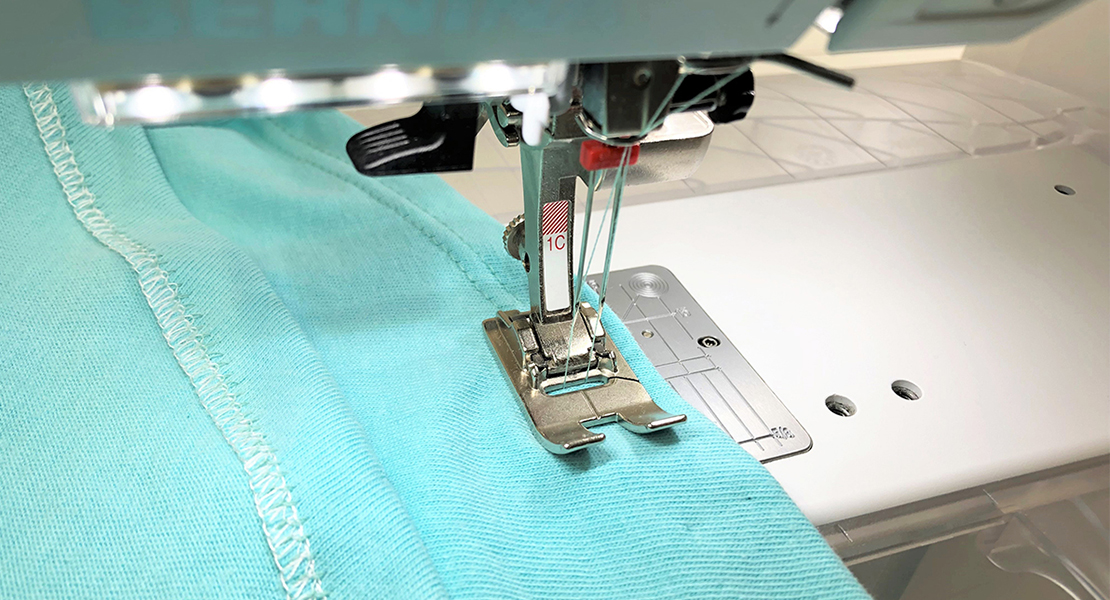
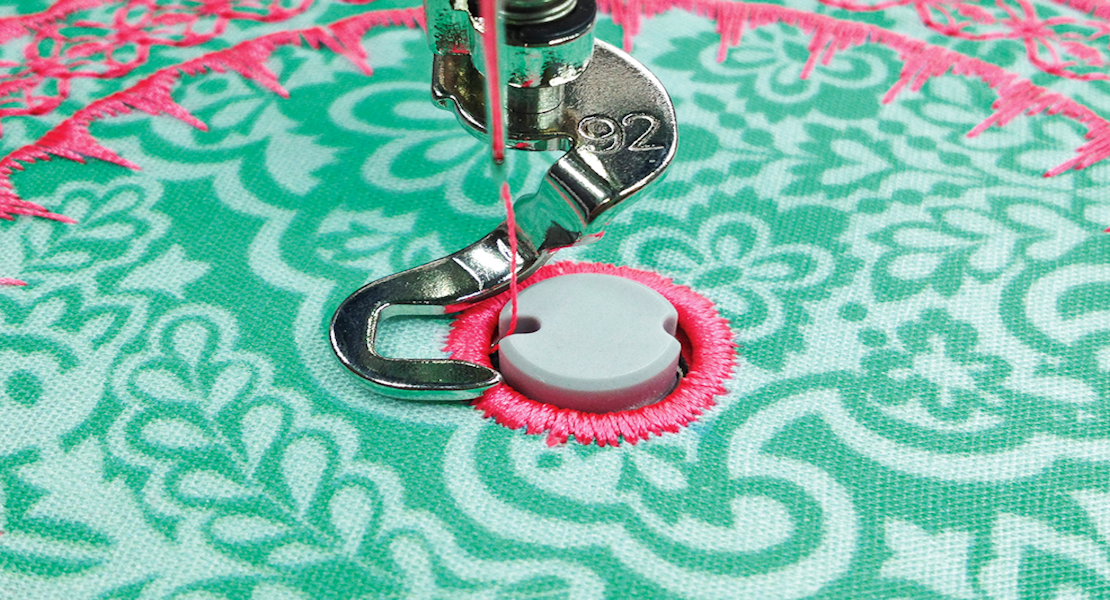
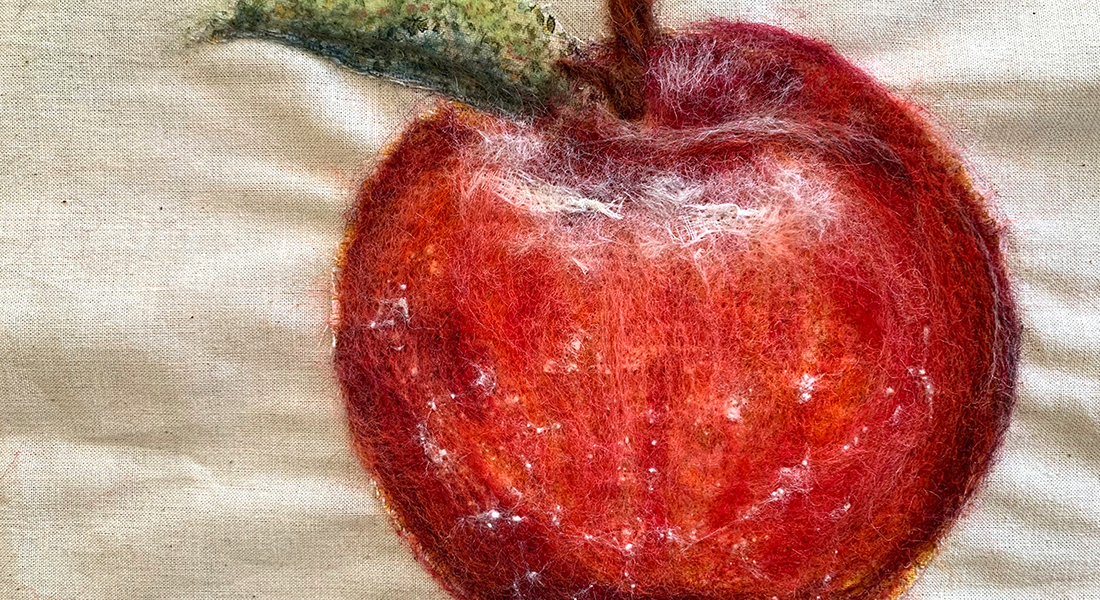
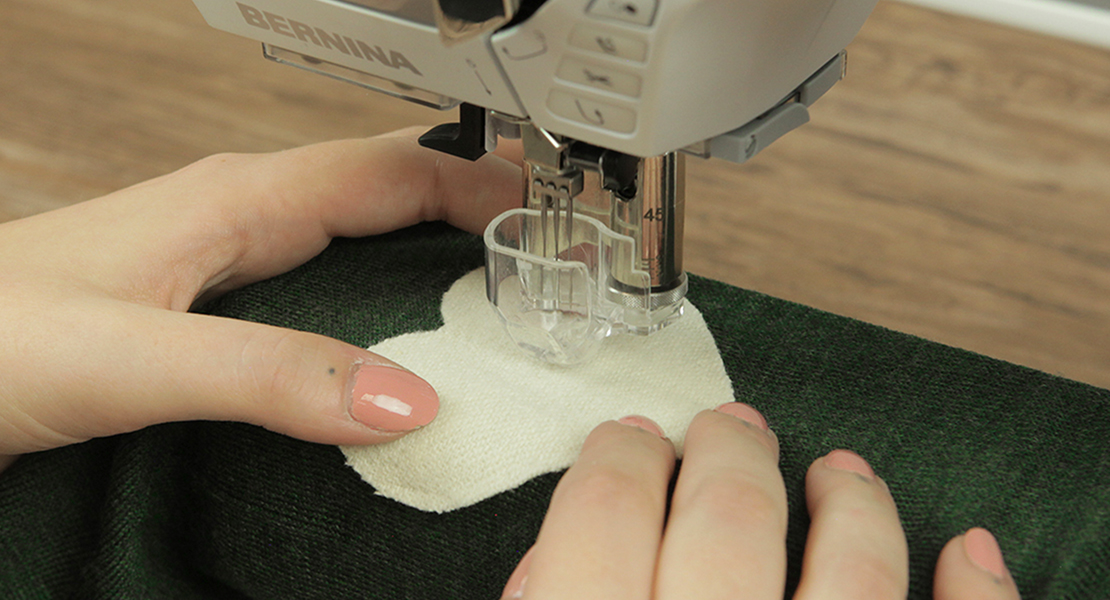
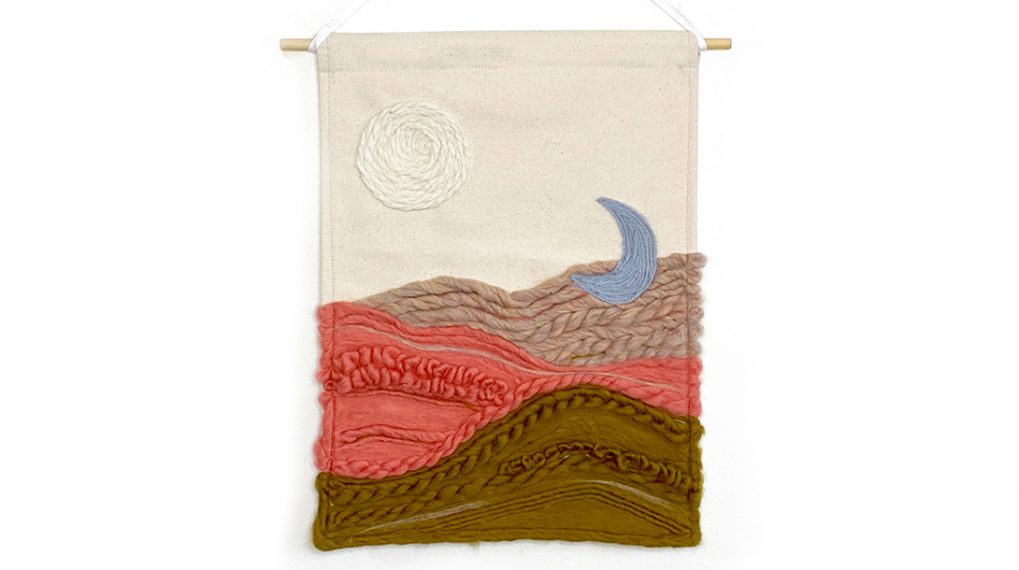

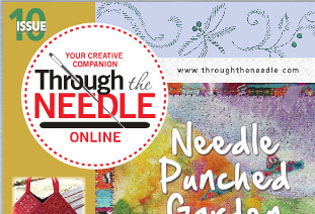
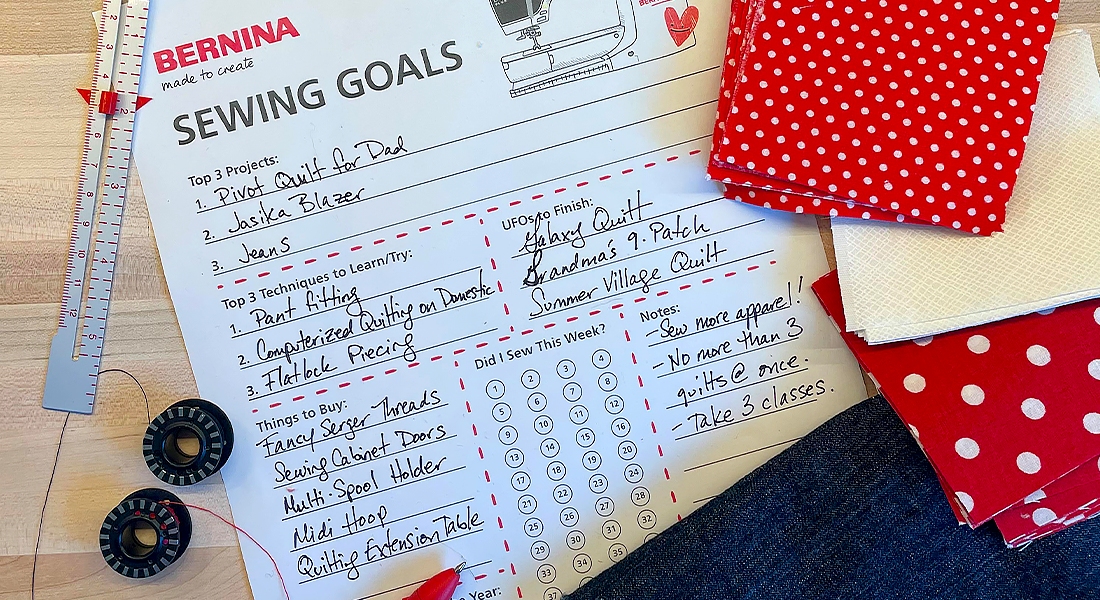
Can’t you do needle punch for the 720? I’d like to use a needle punch.